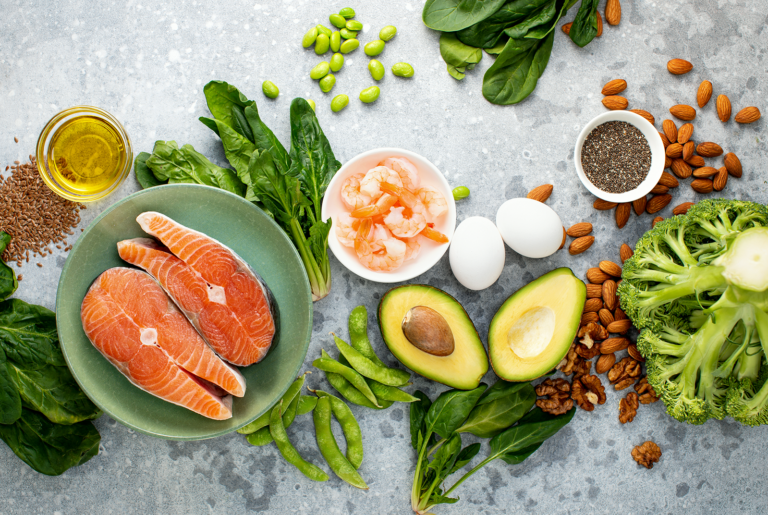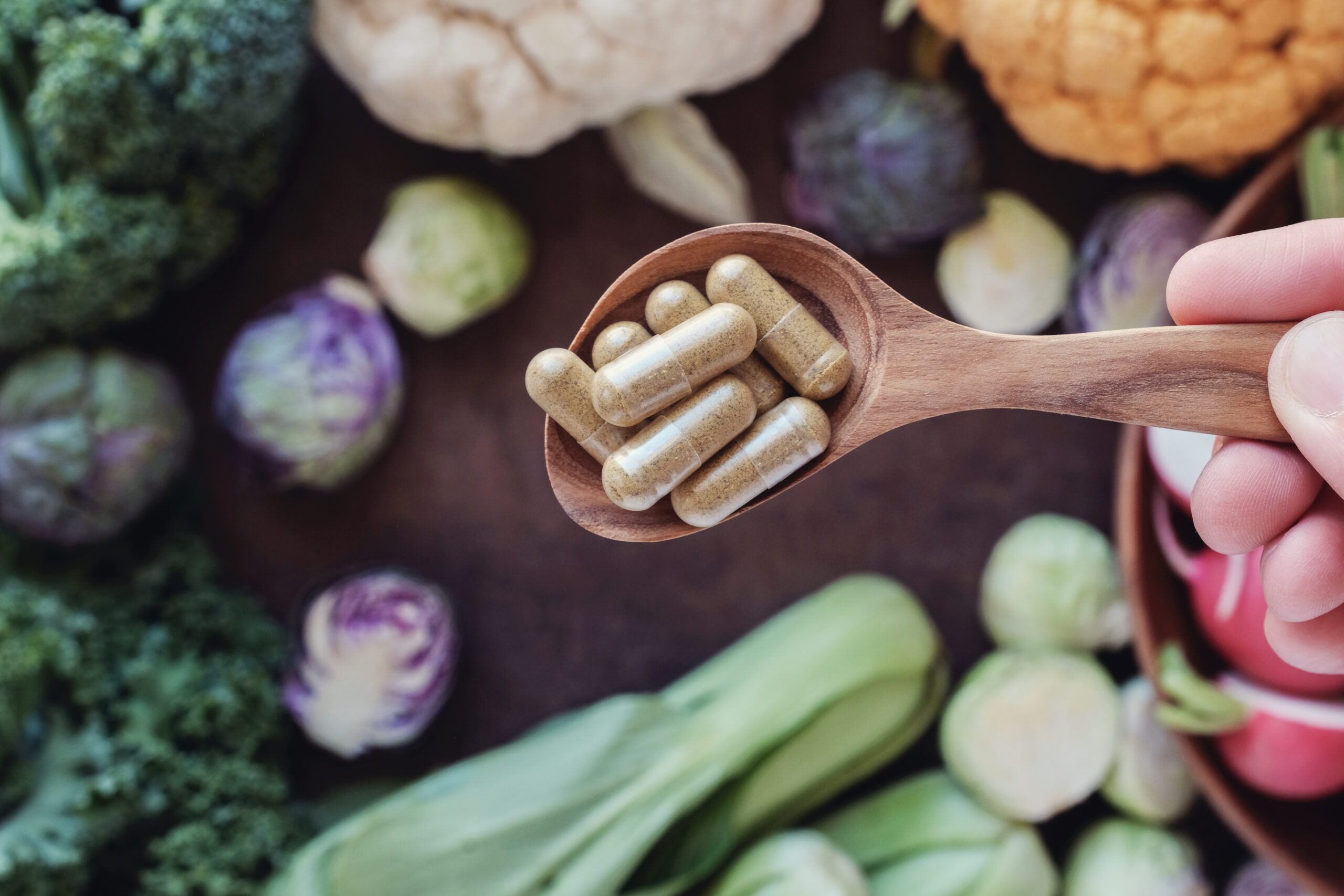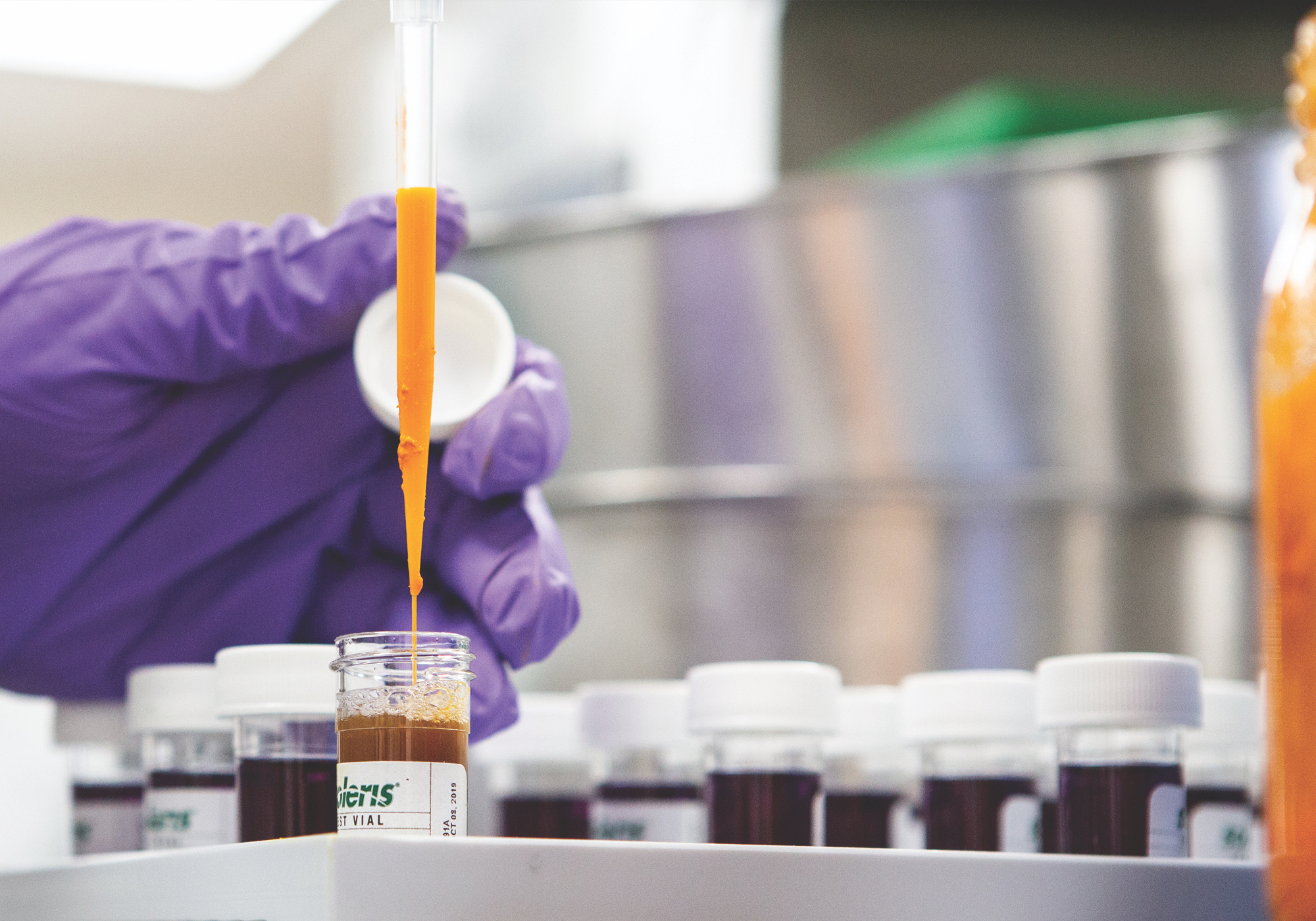Scientific name:Tanacetum parthenium
Constituents:
- Sesquiterpene lactones: parthenolide & santamarine
- Volatile oils (a-pinene, camphor, camphene)
- Flavonoids (Quercetin, tanetin, apigenin & luteolin)
- Tannins
Medicinal actions:
- Analgesic
- Anti-inflammatory
- Antimicrobial
- Anti-pyretic
- Anti-rheumatic
- Bitter
- Carminative & Antispasmodic
- Emmenagogue
Mechanism of Action & Pharmacology:
- Sesquiterpene lactones (alpha-menthylene-gamma-lactone sesquiterpenes) and particularly parthenolide appear responsible for most therapeutic effects. The alpha-methylene-gamma-lactone group of parthenolide and the lactones may provide much of the biological activity of feverfew, but actions do not appear to be limited to a single mechanism. Plant extracts appear to affect a wide variety of physiologic pathways, including inhibition of prostaglandin synthesis, decrease of vascular smooth muscle spasm, and interaction with the protein kinase C pathway, causing an inhibition of granule secretion from platelets (anti-migraine effect) and polymorphs (anti-arthritic effect).
- The pathophysiology of migraine is not fully understood. A proposed theory for migraines is that a significant increase in serotonin release from platelets triggers the complex chain of events leading to a migraine attack. Further research has explored the idea that migraines are caused by abnormal platelet activity and serotonin metabolism, and found that while platelets of patients taking Feverfew aggregated normally to ADP and thrombin, their aggregation in response to serotonin was greatly reduced. May also have an effect upon vascular smooth muscle spasm, as sesquiterpene lactones have spasmolytic activity, and experiments in animals suggest inhibition of smooth muscle spasm by blocking open potassium channels and inhibition of influx of extracellular calcium into vascular smooth muscle.
- Various proposed anti-inflammatory mechanisms exist, and it is suggested that its ability to inhibit prostaglandin synthesis differs in mechanism from that of the salicylates. Parthenolide may bind to and inhibit IκB kinase complex (IKKβ), which plays an important role in pro-inflammatory cytokine-mediated signaling, and their alpha-methylene-gamma-lactone group inhibits cyclooxygenase and the expression of inducible cyclooxygenase and proinflammatory cytokines in macrophages in vitro. However, aqueous extracts inhibited prostaglandin biosynthesis, but did not inhibit cyclooxygenase. Neither the whole plant nor leaf extracts inhibit cyclooxygenation of arachidonic acid, which is the first step in prostaglandin synthesis.
- Tanetin, a lipophilic flavonoid, blocks prostaglandin synthesis. Whether or not aqueous extracts block the synthesis of thromboxane, a prostaglandin involved in platelet aggregation, is controversial.
- The effect of extracts or purified parthenolide on rheumatoid arthritis has been shown to inhibit the expression of ICAM-1 on human synovial fibroblasts by cytokines IL-1, TNF-α, and interferon-γ (Human synovial fibroblasts express an intracellular adhesion molecule-1 (ICAM-1) that has been implicated in the pathogenesis of rheumatoid arthritis).
- Volatile oils and alpha-pinene derivatives may exert insecticidal activity and possess mild sedative and tranquilizing effects.
Pharmacy:
- Infusion
- Tincture
- Capsules
Safety & Toxicity Concerns:
- Avoid in pregnancy (due to uterine stimulant effects), lactation, in children, and in known hypersensitivity to Asteraceae family.
- Adverse effects include dermatitis, mouth ulceration and inflammation of the oral mucosa and tongue, often with lip swelling and loss of taste. In one study, patients who switched to placebo after taking feverfew for several years experienced a cluster of nervous system reactions (e.g headaches, insomnia, joint pain, nervousness, poor sleep patterns, stiffness, tension, tiredness) along with muscle and joint stiffness, often referred to as “post-feverfew” syndrome.
Interactions:
- May potentiate blood-thinning medications (aspirin and warfarin).







